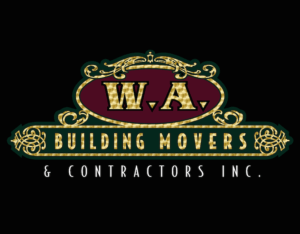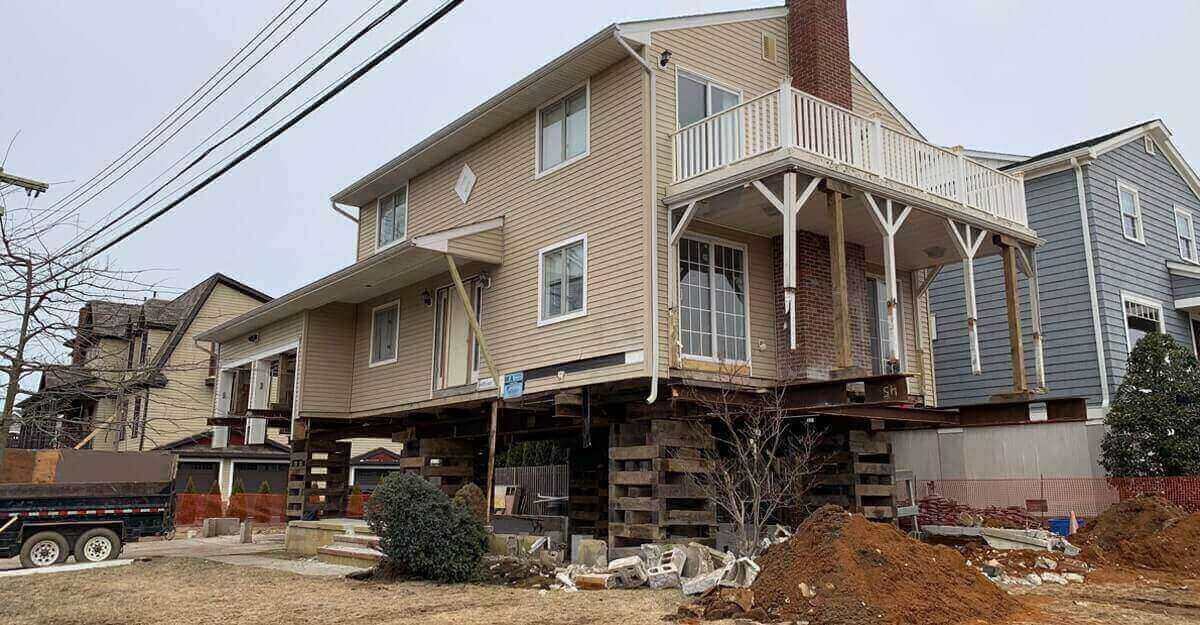Flooding Services: Flood Mitigation Services in NJ
If you are residing or operating a business in an area that is prone to flooding, there are steps you can take to mitigate against damages. A couple of options for flood mitigation include lifting, raising and moving your house or business. W.A. Building Movers & Contractors Inc. have been providing these services for over 40 years in areas such as New Jersey, New York, Connecticut, Long Island and Staten Island.
According to an article posted by FEMA here, flooding is the nation’s number one natural disaster. It can occur inland, along the coast, and across every region of the country. Even though you may think your community has little or no risk of flooding, the reality is that anywhere it rains, it can flood. To find out if you are in a flood zone, check out flood maps and look for zones that begin with the letters ‘A’ or V.’
Here’s what you will have in flooding services:
Flood Mitigation: Know your risk and plan
The following is some information from FEMAon understanding your flood risk and preparing accordingly:
There are steps that you can take to prepare yourself and mitigate against damages. The first thing you can do is know your risk, and we have information on risk, including a One-Step Flood Risk Profile. Next, you should create an emergency communications plan and build an emergency kit to ensure you and your family are prepared for a flood. As part of having a plan, we also encourage you to consider your coverage. A flood insurance policy can protect your home, property, or business from the financial damages of flooding. Most homeowner’s insurance does not cover damage from flooding, so visit FloodSmart.gov to learn more.
Flood Mitigation: Flood proofing
The following is more information fromFEMAon flood proofing your home:
In addition to these steps, there are also small flood proofing measures that you can take to help prevent, or minimize the impact of flooding to your home and its contents. A few examples include:
- Elevate your furnace, water heater and electric panel in your home, if you live in a high flood risk area.
- Install “check valves” to prevent flood water from backing up into the drains of your home.
- When practical, homeowners can construct barriers (such as sandbagging) to stop floodwater from entering your home.
- Seal walls in your basement with waterproofing compounds.
Homeowners around the nation have taken proactive measures, like these, to reduce their risk of damage from flooding. Proactive communities work on mitigating strategies through a combination of flood control projects and good floodplain management activities. In addition, FEMA hazard mitigation grants across the country have helped homeowners and communities affected by flooding, prevent future damages.
Flood Mitigation: Elevate home
As mentioned above, not only should you elevate your furnace, water heater and electric panel in your home, you should also elevate your home entirely. You can greatly reduce your risk of damage from flooding by lifting and raising your house or business above the Base Flood Elevation. The BFE is the computed elevation to which floodwater is anticipated to rise during the base flood and is the regulatory requirement for the elevation or flood proofing of structures. BFEs are shown on Flood Insurance Rate Maps and on flood profiles.
During the elevation process, most frame, masonry veneer, and masonry homes are separated from their foundations, raised on hydraulic jacks, and held by temporary supports while a new or extended foundation is constructed below. The living area is raised so that only the foundation remains exposed to flooding.
This technique works well for homes originally built on basement, crawlspace, and open foundations. When homes are lifted with this technique, the new or extended foundation may consist of continuous walls or separate piers, posts, columns, or piles. Masonry homes are more difficult to lift, primarily because of their design, construction, and weight, but lifting these homes is possible.
For more reasons to lift and raise your house, click House Raising
Moving and relocating your house or business to a safer location is another option to avoid flooding altogether. For more information, click House Moving.
Topics: flood mitigation, flood mitigation services, house raising, house lifting, house moving
VLOG






























